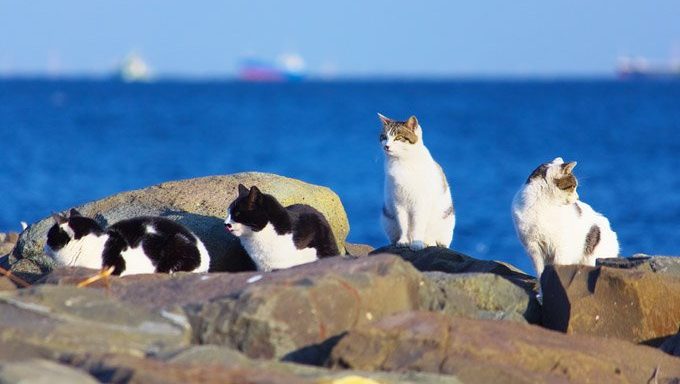A feral cat is one who has either never had contact with people, or they’ve forgotten their time with humans. Ferals live on city streets, in alleys and parks. They could be wherever there is a supply of food, water, and shelter.
Ferals are free-roaming cats who’ve reverted to wild ways for survival. No one knows how many feral cats there are in the…




